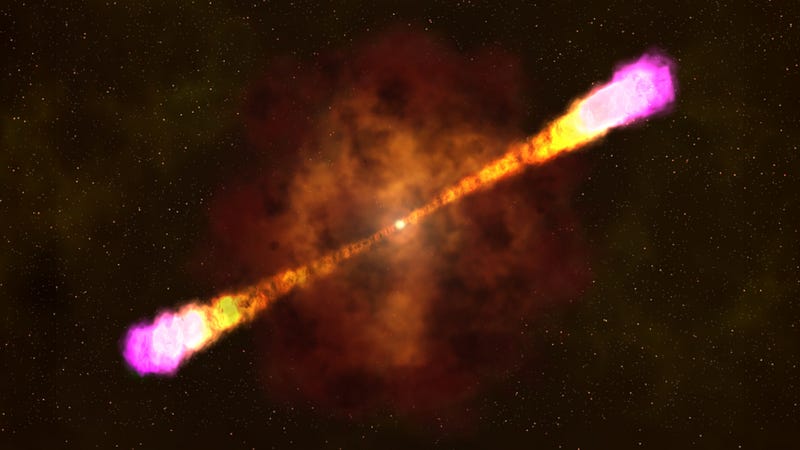The Astonishing Force of Gamma Rays: What You Should Know
Written on
Chapter 1: Understanding Gamma Ray Bursts
Gamma Ray Bursts (GRBs) are among the most astonishing and fearsome events in the cosmos, releasing an immense amount of energy in a brief flash. These explosive events can last from mere milliseconds to several minutes and are often triggered by some of the universe's most energetic occurrences, such as neutron stars, pulsars, and supernovae. Predominantly, GRBs are believed to originate from the collapse of massive stars or the merging of extraordinarily dense entities like black holes and neutron stars. The energy emitted during these events primarily takes the form of gamma rays. Despite being studied for only a few decades, scientists continue to explore GRBs due to their extreme luminosity, which often overwhelms detection equipment.
Section 1.1: What Are Gamma Rays?
Gamma rays can be thought of as similar to the visible light we perceive, but with significantly shorter wavelengths and greater energy. They rank as the most potent electromagnetic waves known and fall under the category of ionizing radiation. This classification indicates their capacity to break atomic bonds, making gamma rays potentially harmful to living organisms. Fortunately, our planet is protected from these high-energy emissions by the ozone layer, which absorbs them before they reach the surface.
Subsection 1.1.1: Risks to Earth

Image By NASA
Since their identification, researchers have been investigating the implications of a gamma ray burst occurring close to Earth. If a GRB were to happen within 6,000 light-years, it could pose significant risks to our planet. While the extent of potential damage remains uncertain, it is believed that such an event could severely impact the ozone layer, exposing us to harmful UV radiation from the sun. This exposure could lead to serious health issues for humans.
Section 1.2: The Rarity of Threats
Fortunately, the likelihood of a gamma ray burst occurring at a dangerously close range to Earth is relatively slim. Ongoing research aims to deepen our understanding of these phenomena, including their possible effects on our planet and implications for space exploration.
Chapter 2: Recent Developments in Gamma Ray Research
In October 2022, a notable GRB occurred, although scientists are still piecing together the specifics. It is believed that this burst may have originated from a collapsing star. Many detection systems struggled to capture the intensity of this particular GRB, and it is speculated to be the Brightest Of All Time (BOAT). As new information emerges regarding this event, I will provide updates, so stay tuned for further articles!